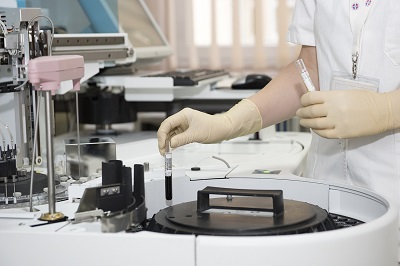How to apply for Class C medical device registration in Indonesia MOH?
Release time:2024-12-17 15:05:44
The author:
source:
Class C medical devices in Indonesia are considered "high risk" devices, which may require more extensive documentation and testing.
To apply for the registration of a Class C medical device in Indonesia with the Ministry of Health (MOH), the process generally follows these steps:
1. Understand the Classification
- Class C medical devices in Indonesia are considered "high risk" devices, which may require more extensive documentation and testing.
- Examples include devices like certain diagnostic devices, therapeutic equipment, and implants.
2. Prepare Required Documentation
The documents you need to submit for Class C registration include, but are not limited to:
- Product Technical File: Includes detailed information about the medical device, such as its design, manufacturing process, intended use, and performance characteristics.
- Clinical Evaluation Report: If applicable, you may need to provide evidence that the device has been clinically evaluated or validated.
- Manufacturing License and ISO Certifications: Proof of the device manufacturer’s quality system certifications, such as ISO 13485, must be submitted.
- Labeling and Instructions for Use: These should comply with Indonesian regulatory requirements and be in Bahasa Indonesia.
- Risk Management Report: This should be based on international standards such as ISO 14971, assessing the risks associated with the device.
3. Appoint an Authorized Representative
- If the manufacturer is located outside of Indonesia, it is required to appoint a local authorized representative (AR) in Indonesia. The AR will act as the liaison with the Indonesian authorities for registration and compliance purposes.
4. Submit the Application
- Applications must be submitted through e-Registration, which is the online portal managed by Indonesia’s National Agency of Drug and Food Control (BPOM) (also referred to as Badan Pengawas Obat dan Makanan).
- The AR can submit the application on behalf of the manufacturer.
5. Evaluation by BPOM
- BPOM will evaluate the submitted application and documents. The evaluation may include:
- Review of the technical file and supporting documents.
- Risk assessment, especially for high-risk Class C devices.
- Potential requests for additional information or documentation.
- If the product passes the evaluation, BPOM may require additional testing or clinical trials within Indonesia or from recognized international bodies.
6. Approval and Issuance of Marketing Authorization
- Upon successful evaluation, BPOM will issue the Marketing Authorization (often called a “Marketing Authorization Number” or “NOM”).
- This allows the medical device to be legally marketed in Indonesia.
- The certificate issued is valid for a period (typically 5 years), after which a renewal application must be submitted.
7. Post-Market Surveillance
- Once the product is on the market, you must comply with post-market surveillance requirements. This includes reporting adverse events, product recalls, and maintaining a system for handling complaints and device performance data.
Key Considerations:
- Local Representative: Ensure that the local representative understands the regulatory requirements and can manage the submission process efficiently.
- Clinical Trials: Depending on the device, clinical trials may be required to demonstrate safety and efficacy, especially for high-risk devices.
- Translations: All documents submitted in the registration process must be translated into Bahasa Indonesia.
- Timelines: The approval process can take several months, especially for high-risk devices, so it is important to plan accordingly.
Would you like further assistance with specific steps in the process, such as the required documentation or the role of the local representative?

Whatsapp or Wechat:+86 15816864648;email address:hito.lin@grzan.cn
.png)
.jpg)
.png)

.png)